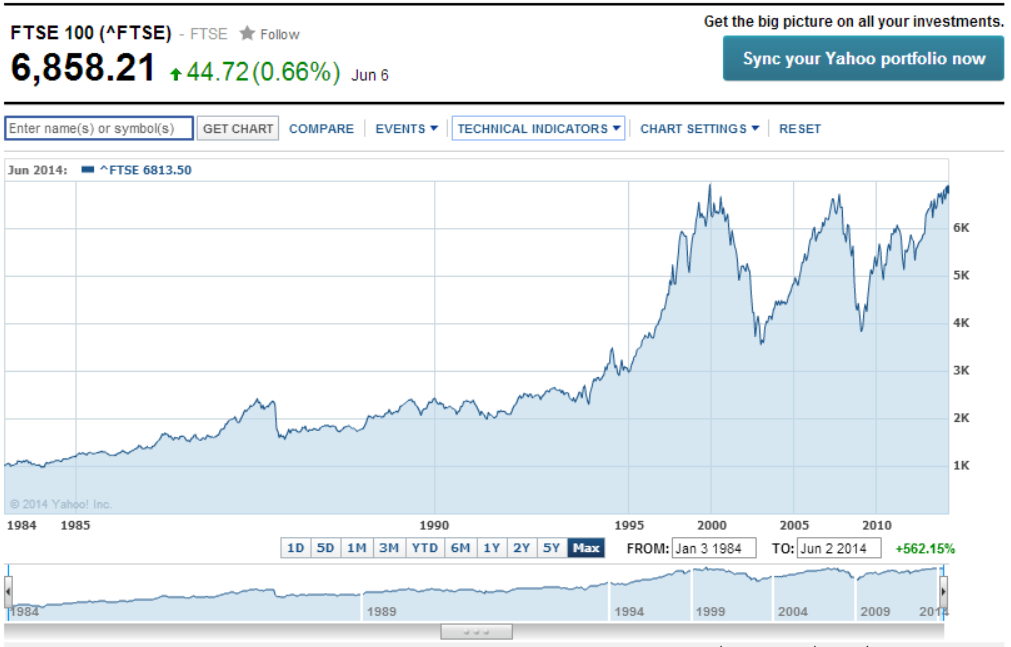When I reach Financial Independence in less than 3 years I'm going to be presented with a number of options, one of which will be to take Early Retirement. Should I take that option I've already telegraphed that based on my current research I will start withdrawing from my wealth at the rate of 2.5% of total net worth on retirement day. Ideally, this strategy will have then given me the option to increase my spending at the rate of inflation annually while ensuring the pot of gold at the end of the rainbow is never extinguished. Of course I won’t blindly follow this strategy but will instead monitor closely and should that black swan arrive will cut my cloth accordingly.
As the do I take Early Retirement question looms I also want to make sure I have sufficient confidence in my financial situation that I don’t fall into One More Year (OMY) Syndrome but instead make the decision on will I or won’t I for purely non-financial reasons. One thing that would build financial confidence and hence take some of the do I have enough doubt away was if my dividends and interest being earned across my portfolio exceeded the withdrawal rate from the portfolio allowing some reinvestment even in retirement. Were I to retire today I estimate that after purchasing a home and moving my employer defined contribution pension into my SIPP my dividend plus interest yield would be 2.53%. So right on the targeted drawdown amount. Continuing to build my High Yield Portfolio (HYP) should increase that percentage.
As the do I take Early Retirement question looms I also want to make sure I have sufficient confidence in my financial situation that I don’t fall into One More Year (OMY) Syndrome but instead make the decision on will I or won’t I for purely non-financial reasons. One thing that would build financial confidence and hence take some of the do I have enough doubt away was if my dividends and interest being earned across my portfolio exceeded the withdrawal rate from the portfolio allowing some reinvestment even in retirement. Were I to retire today I estimate that after purchasing a home and moving my employer defined contribution pension into my SIPP my dividend plus interest yield would be 2.53%. So right on the targeted drawdown amount. Continuing to build my High Yield Portfolio (HYP) should increase that percentage.


